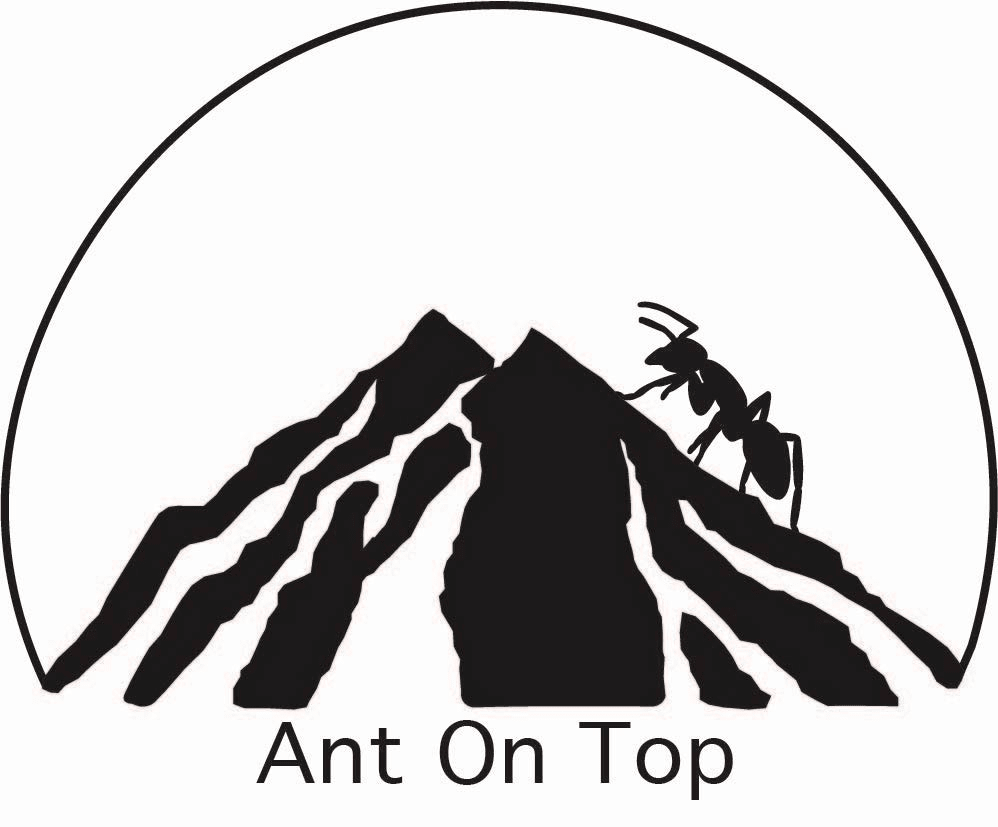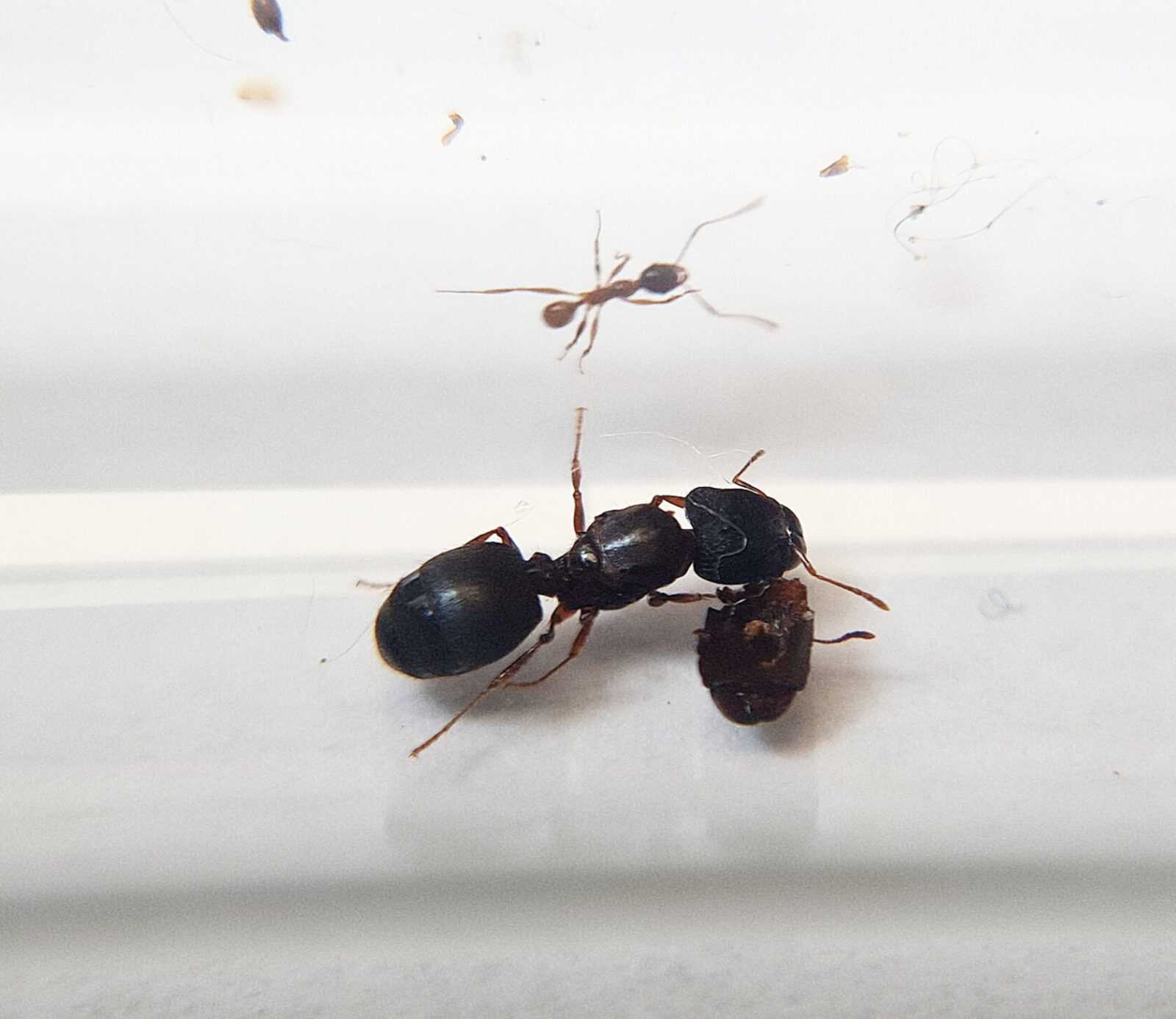Pheidole planifrons
Pheidole planifrons is a species of ants known for their unique characteristics and remarkable colony dynamics. In this product description, we will explore various aspects of Pheidole planifrons, including their colony type, size, development speed, nutrition, humidity, temperature preferences, and recommended nests for breeding.
Colony Information
Colony type: Pheidole planifrons colonies are polygynous, meaning they have multiple queens within a single colony.
Colony size: These colonies can grow to a considerable size, with up to 20,000 workers.
Development speed: Pheidole planifrons is known for its fast development speed, allowing the colony to thrive and expand quickly.
Size
The size of Pheidole planifrons can vary among different castes:
- Queen: The queen measures around 7.5-8.5mm in length.
- Workers: The worker ants range from 3.5-4.5mm in length.
- Majors: Majors, the larger and specialized workers, grow to 6-7mm in length.
Color: Pheidole planifrons ants have a distinct dark brown coloration, making them easily recognizable.
Nutrition
When it comes to nutrition, Pheidole planifrons have diverse dietary requirements. They can be fed a combination of:
- Food insects: Cockroaches and crickets are suitable protein sources for these ants.
- Syrup: They also benefit from sweet syrups made with a ratio of water to honey (4:1) or water to honey to sugar (3:1:1).
- Fruits and vegetables: Providing fresh fruits and vegetables offers essential vitamins and minerals to their diet.
- Jelly: These ants also enjoy jelly as a supplementary food source.
- Cooked chicken without salt: Lean cooked chicken can be included in their diet in moderate amounts.
Humidity and Temperature
Humidity: Maintaining optimal humidity levels is crucial for the well-being of Pheidole planifrons ants. The recommended humidity range is 30-50% in the arena and 50-70% in the nest.
Temperature: These ants thrive in specific temperature ranges. The ideal temperature in the arena should be maintained between 25-28 °C, while the nest should be kept at 22-26 °C for their optimal development and activity.
Unique Features
Pheidole planifrons ants possess several remarkable features that make them stand out among other ant species. They are small in size, yet their aggression is not to be underestimated. These ants have been known to consume grains, showcasing their ability to adapt to diverse food sources.
Recommended Nests for Breeding
For successful breeding and colony management, it is essential to choose suitable nests for Pheidole planifrons. Some recommended nest materials include:
- Acrylic: Nests made of acrylic provide transparency, allowing easy observation of the colony.
- Cork: Nests crafted from cork offer natural aesthetics and insulation.
- Plaster: Plaster nests provide a stable and secure environment for the ants.
- Aerated concrete: Nests constructed with aerated concrete offer durability while maintaining proper insulation.
In conclusion, Pheidole planifrons is a fascinating ant species known for their polygynous colony type, impressive size, fast development speed, and unique dietary habits. Providing the right nutrition, maintaining appropriate humidity and temperature levels, and selecting suitable nests are crucial factors in successfully breeding and managing colonies of Pheidole planifrons ant species. So, if you are looking to nurture and observe these small yet captivating ants, make sure to create an environment that meets their specific needs and requirements.

















Reviews
There are no reviews yet.